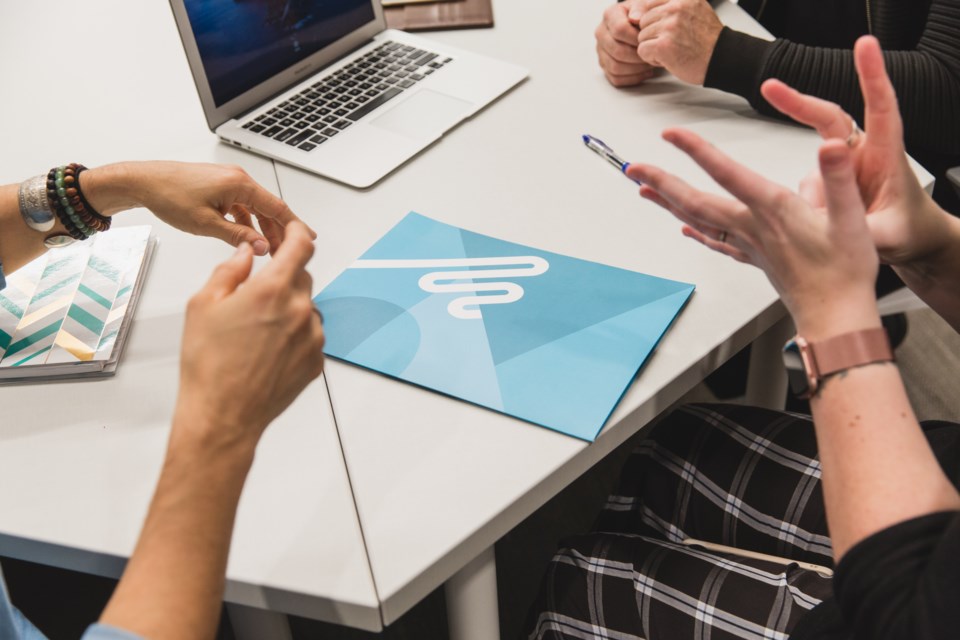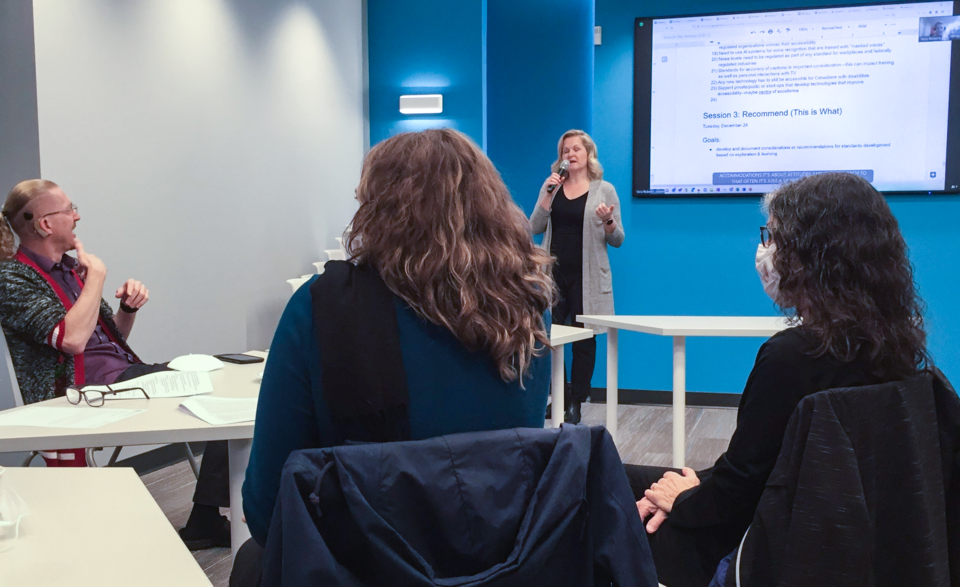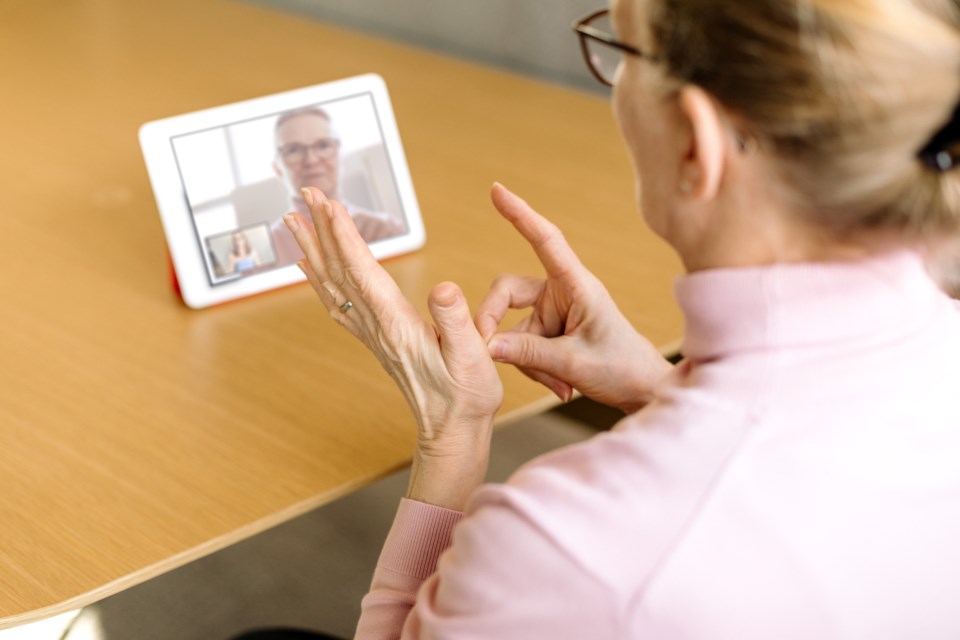International Week of Deaf People (IWDP) is celebrated annually around the world during the last full week of September and this year the theme is “Building Inclusive Communities for All”.
In Canada, there are roughly 375,000 individuals who identify as culturally Deaf and use a form of sign language to communicate. People who are Deaf are a cultural and linguistic minority, and do not identify as having a disability.
While there are many different sign languages in Canada, American Sign Language (ASL) and langue des signes Quebecoise (LSQ) are two of the most commonly used. Sign language itself is a unique language where communication is expressed through hand movements, facial expressions, and body movements.

As a trusted provider with expertise in meeting the unique communication needs of people who are Deaf, DeafBlind, and Hard of Hearing in B.C., Wavefront Centre for Communication Accessibility is a B.C. based, charitable not-for-profit organization operating as a social enterprise.
Wavefront Centre delivers innovative services in Audiology and Communication Devices, Community Outreach, and Accessible Communication Services that assist people who are Deaf, DeafBlind and Hard of Hearing achieve full communication accessibility.
Accessible Communication Services at Wavefront Centre provides a wide range of service offerings to meet the diverse and growing communication needs of the community, including Sign Language Interpretation, ASL Translation, Captioning, Plain Language, and Audio Description. These services can be used at all settings where communication is required, including medical appointments, business meetings, legal, education, and more.

Interpreting service breaks down communication barriers between people who are Deaf and hearing and everyone benefits.
For example, Deaf students attending post-secondary education with the provision of a Registered Sign Language Interpreter are able to have full communication for their classes. Strata councils who provide interpreting for Deaf residents are able to benefit from their participation in their meetings. Deaf patients and healthcare providers who have a Registered Sign Language Interpreter at their appointments are able to ensure that there are no barriers to communication in medical situations.
In 2021, Wavefront Centre completed over 18,527 hours of ASL interpretation.
With Wavefront Centre’s comprehensive service offerings, clients can receive all of their accessible communication needs directly from one service provider. A full team of Registered Sign Language Interpreters, captioners and other experts are able to assist you with making the best recommendations to ensure communication is welcoming and accessible to all.
Go to wavefrontcentre.ca/acs to learn more about accessible communication and how to make your community barrier-free for all people.



